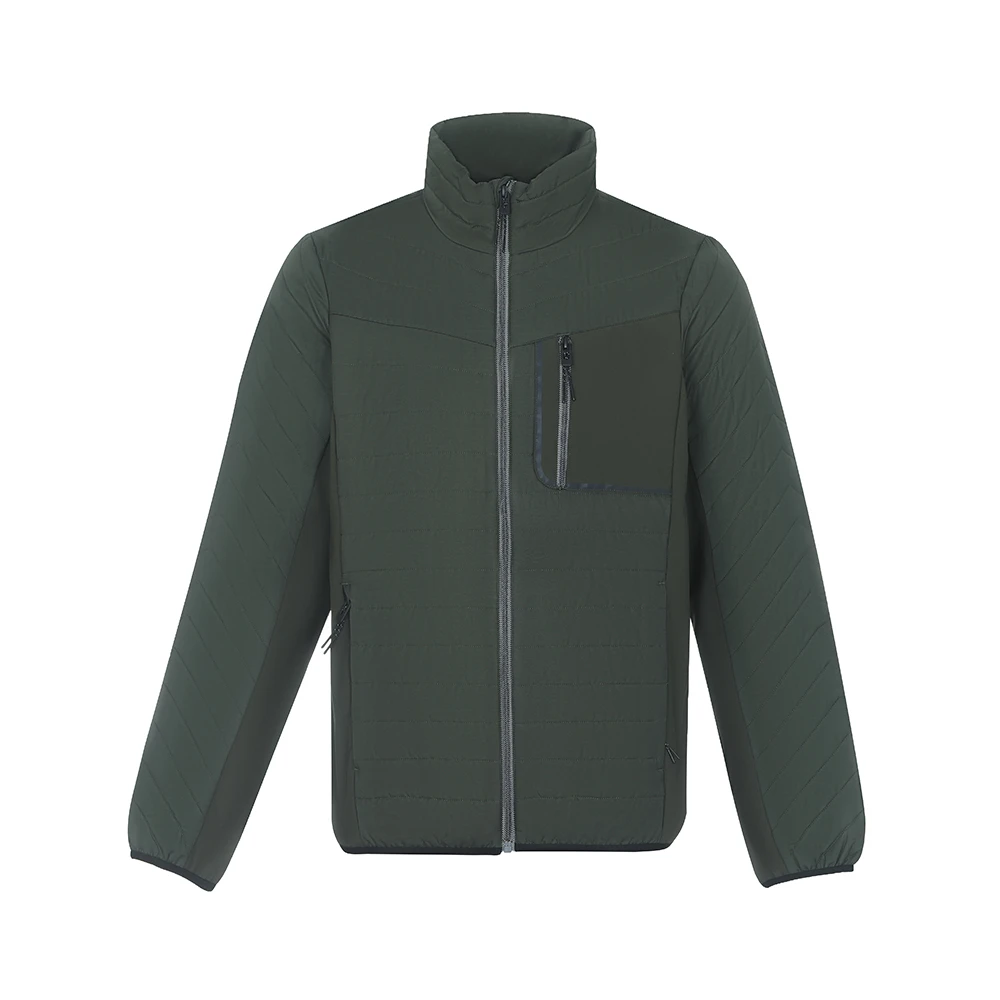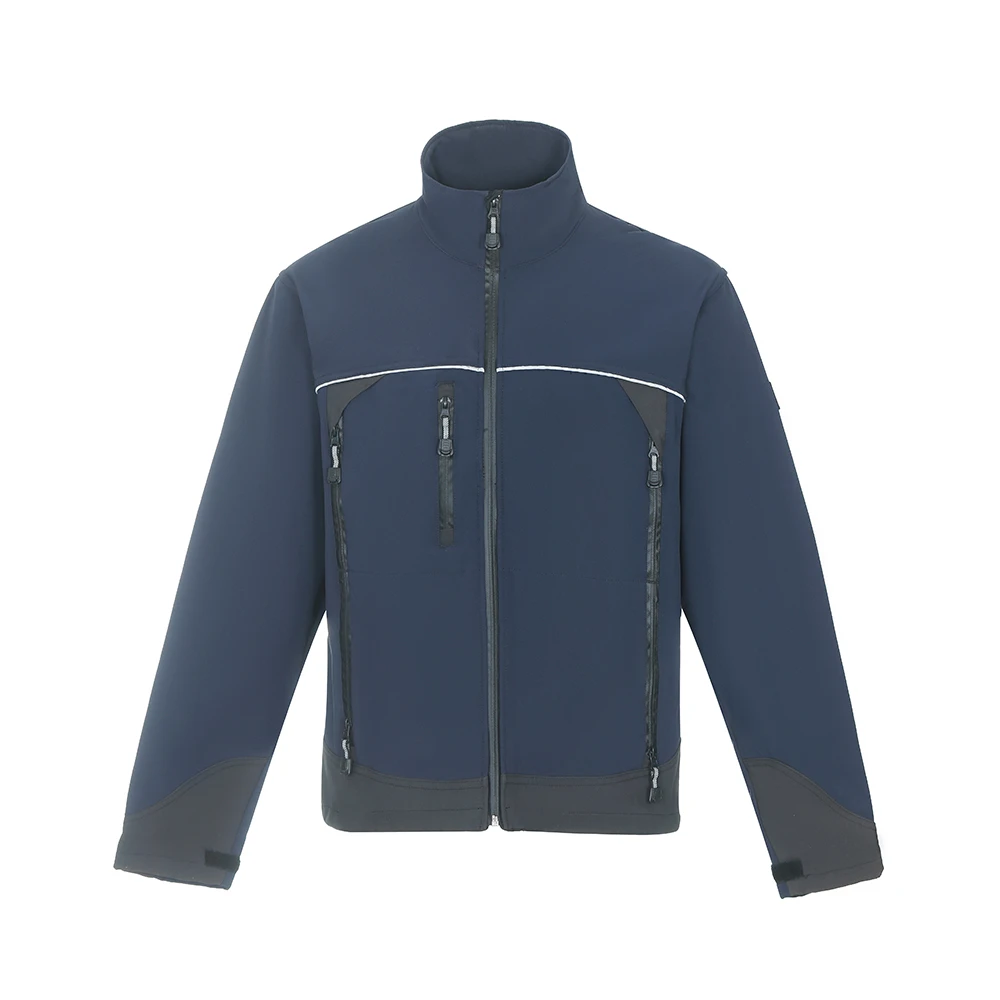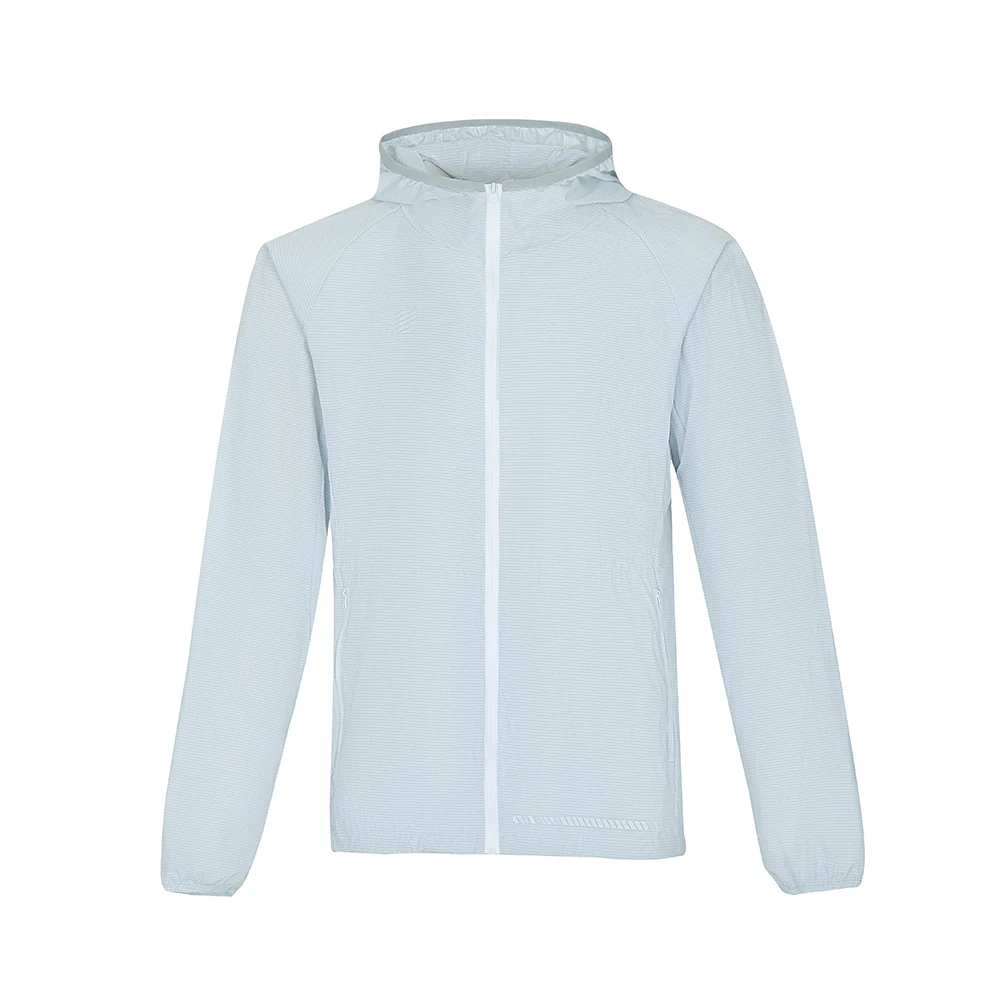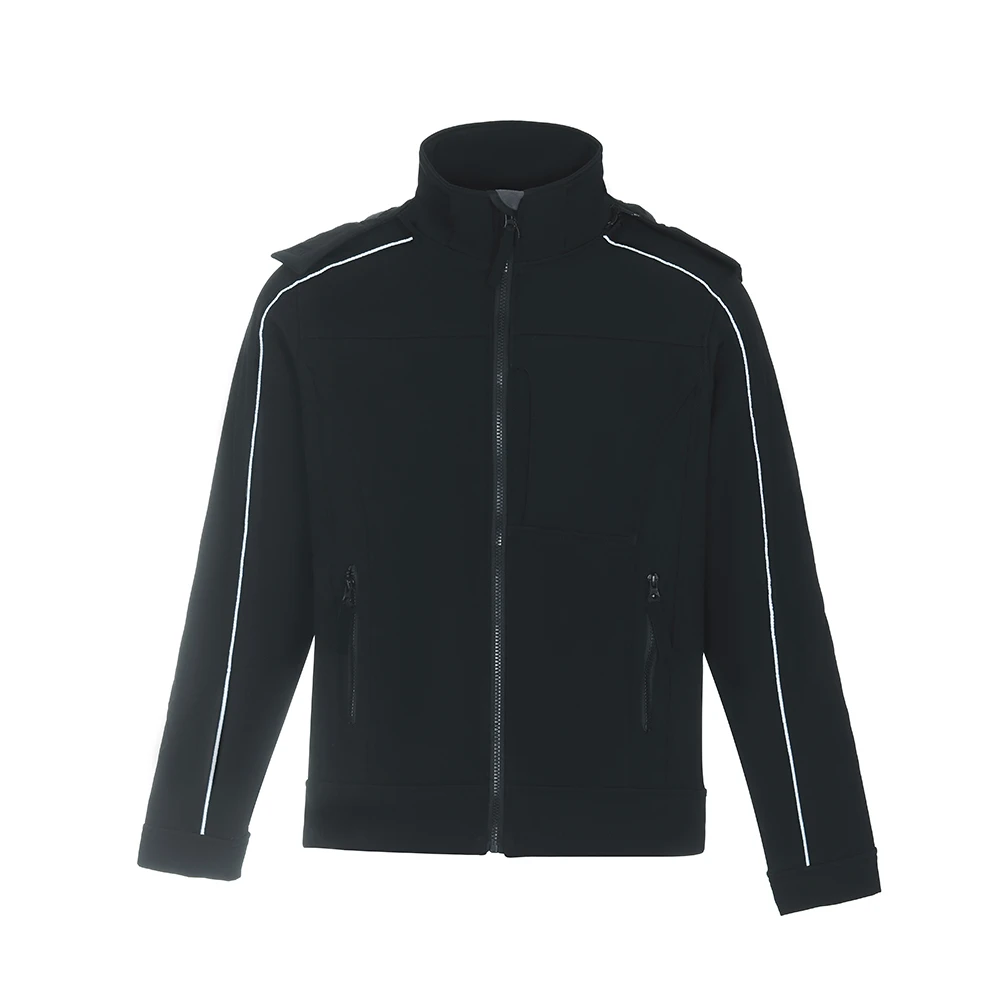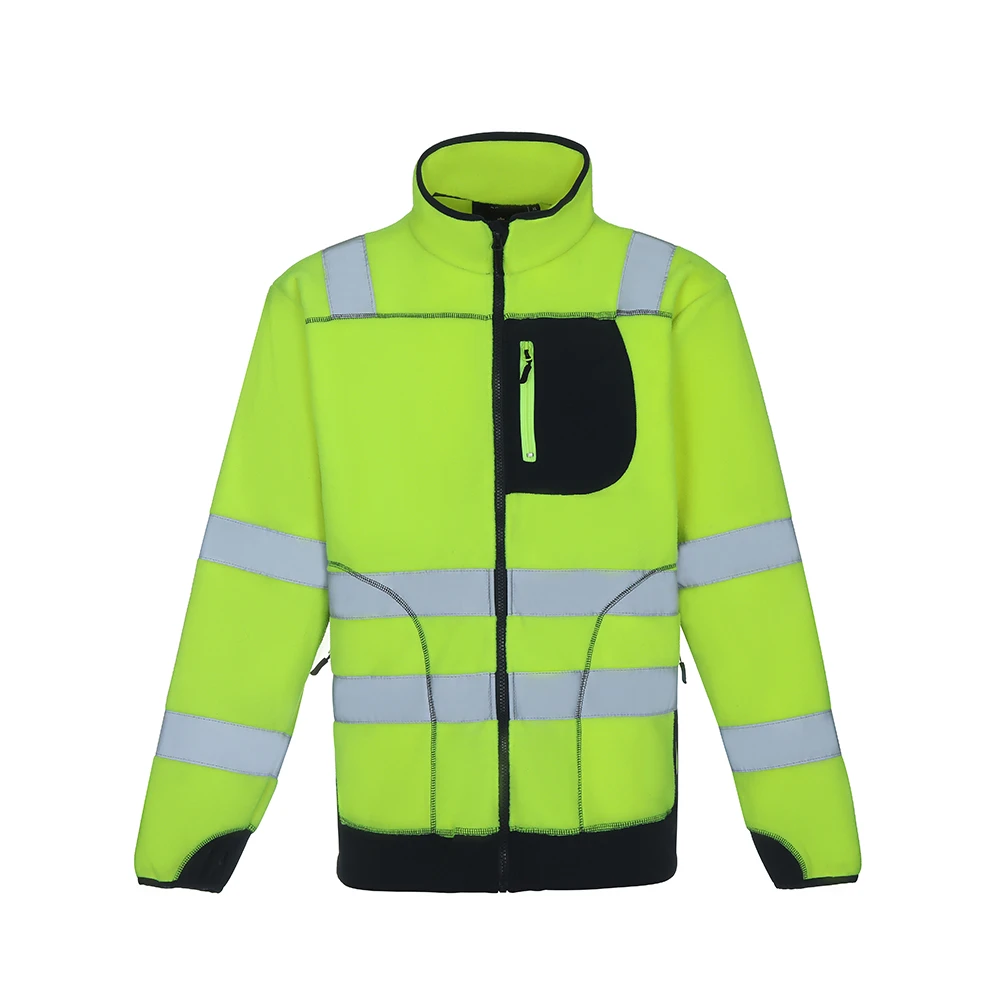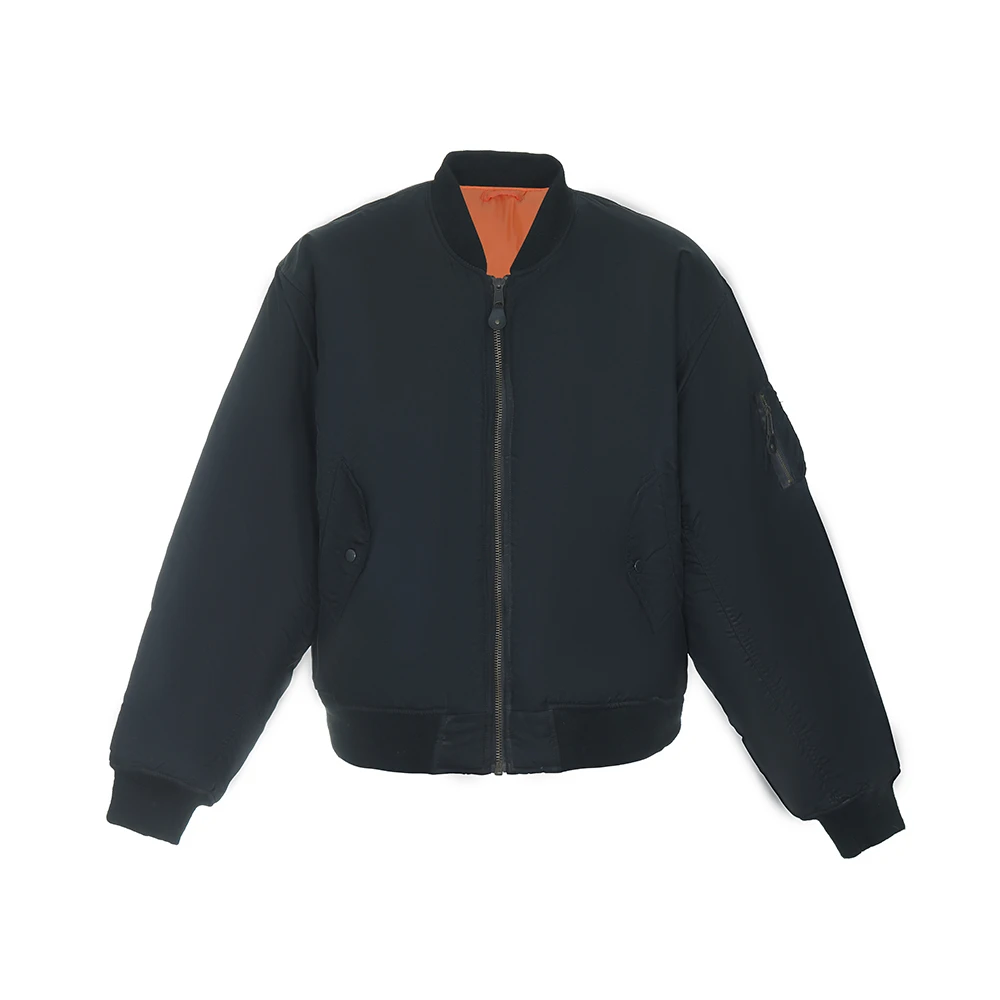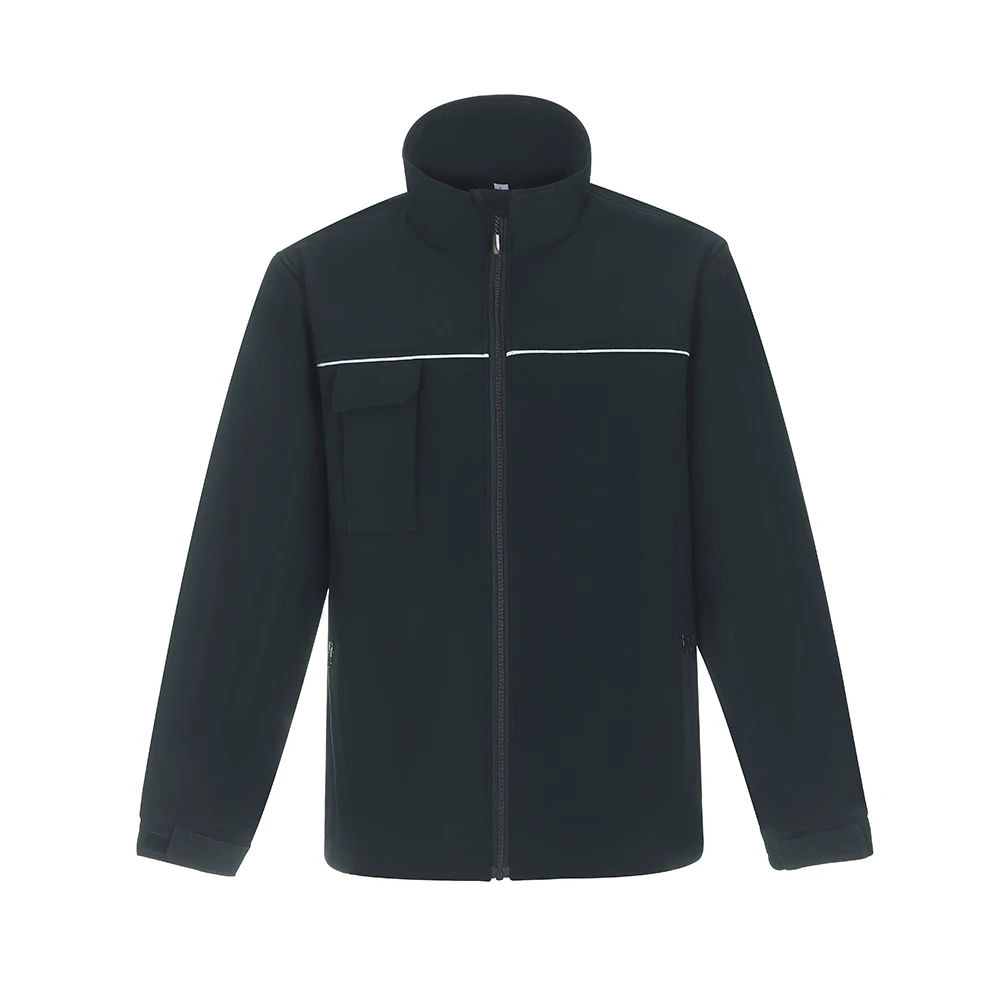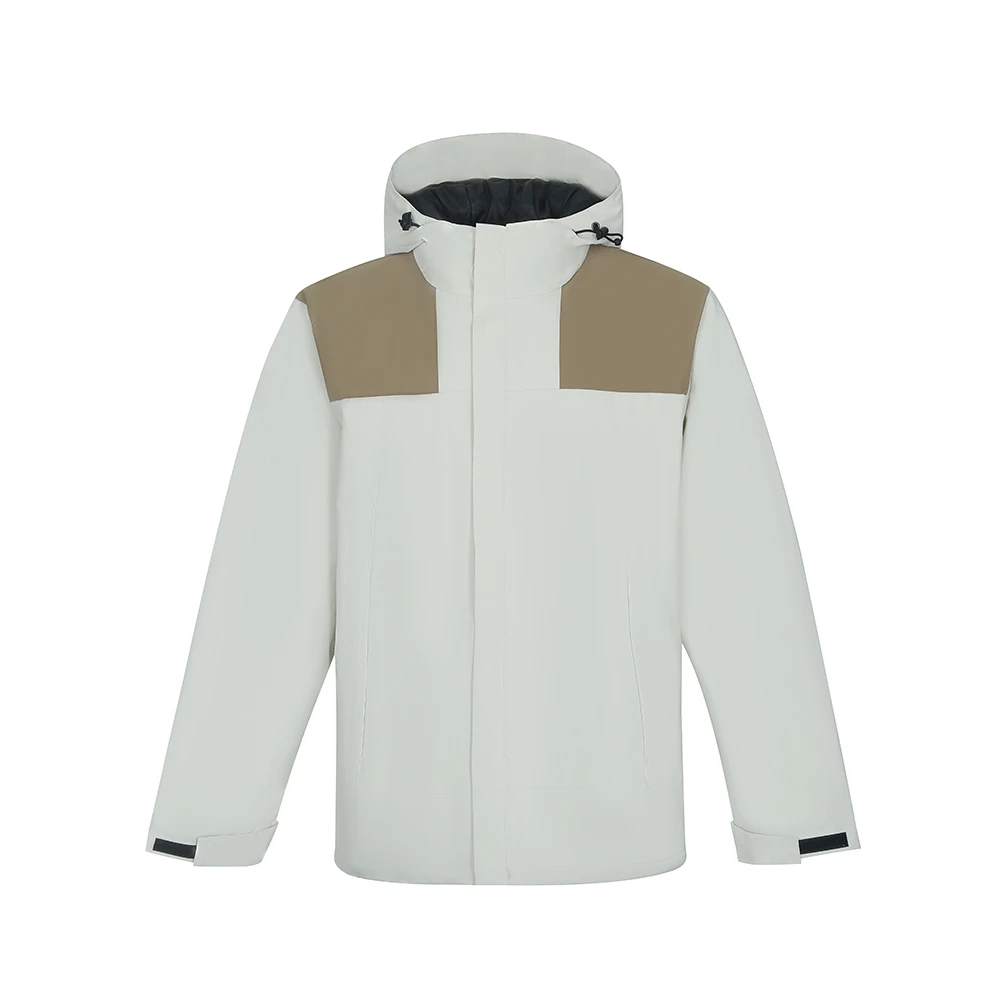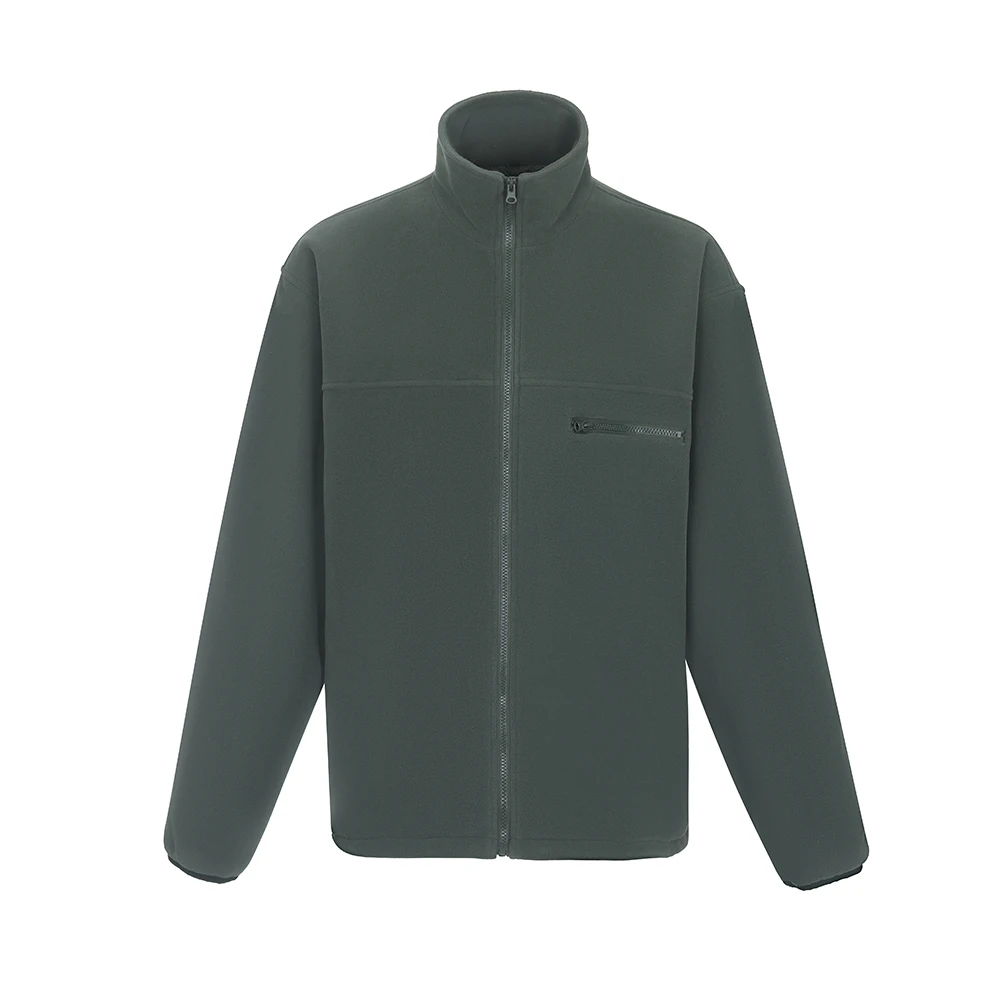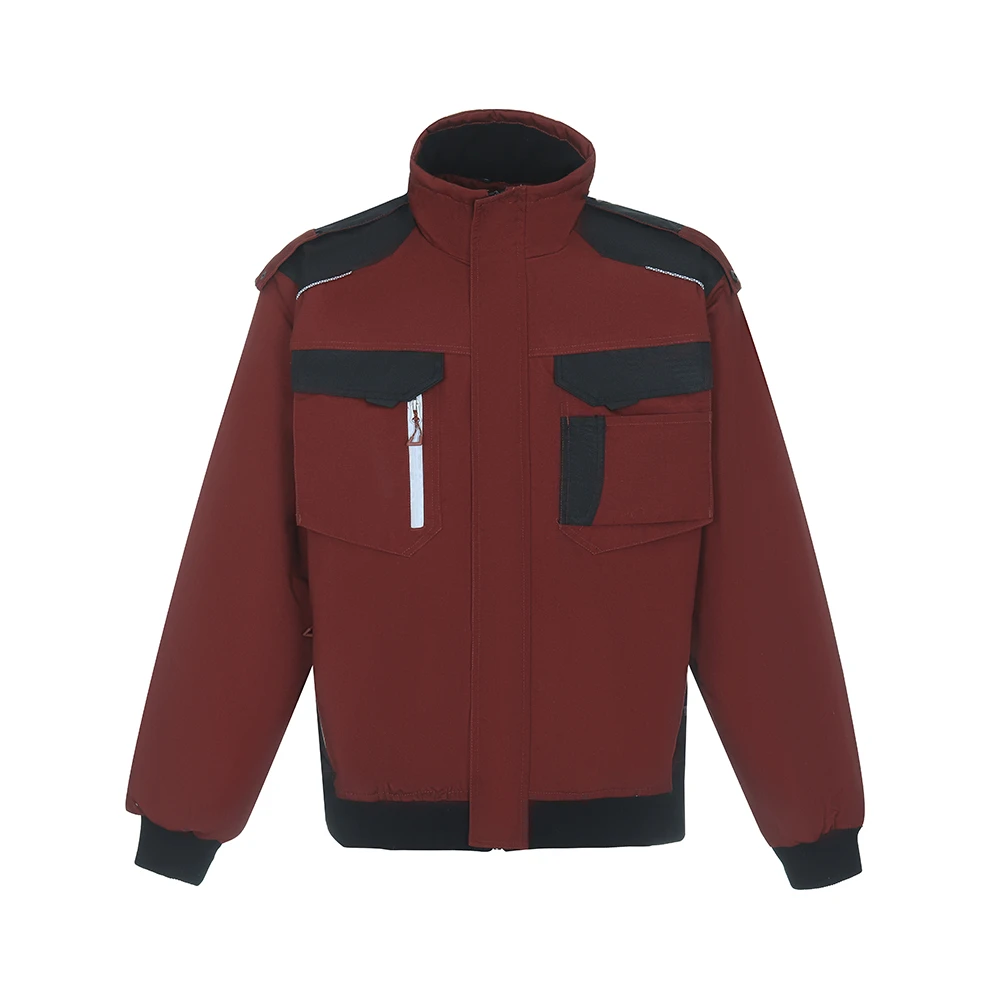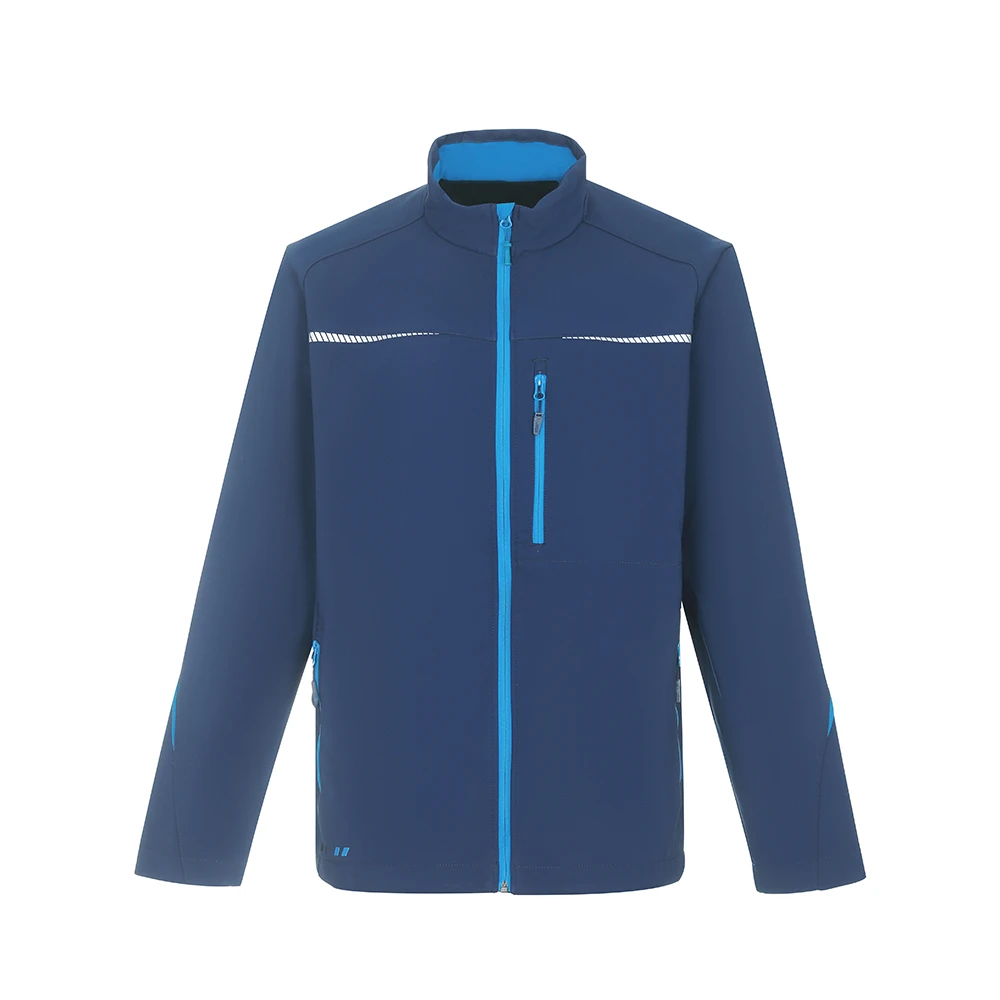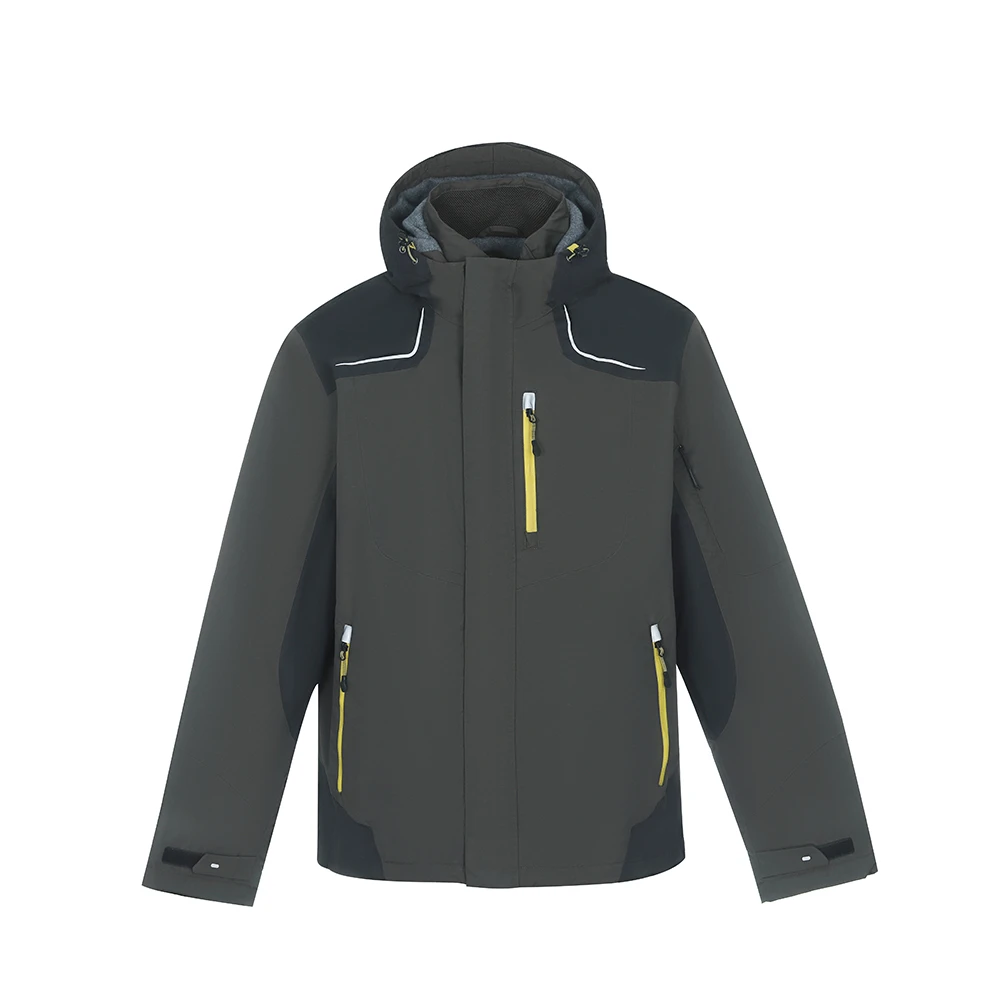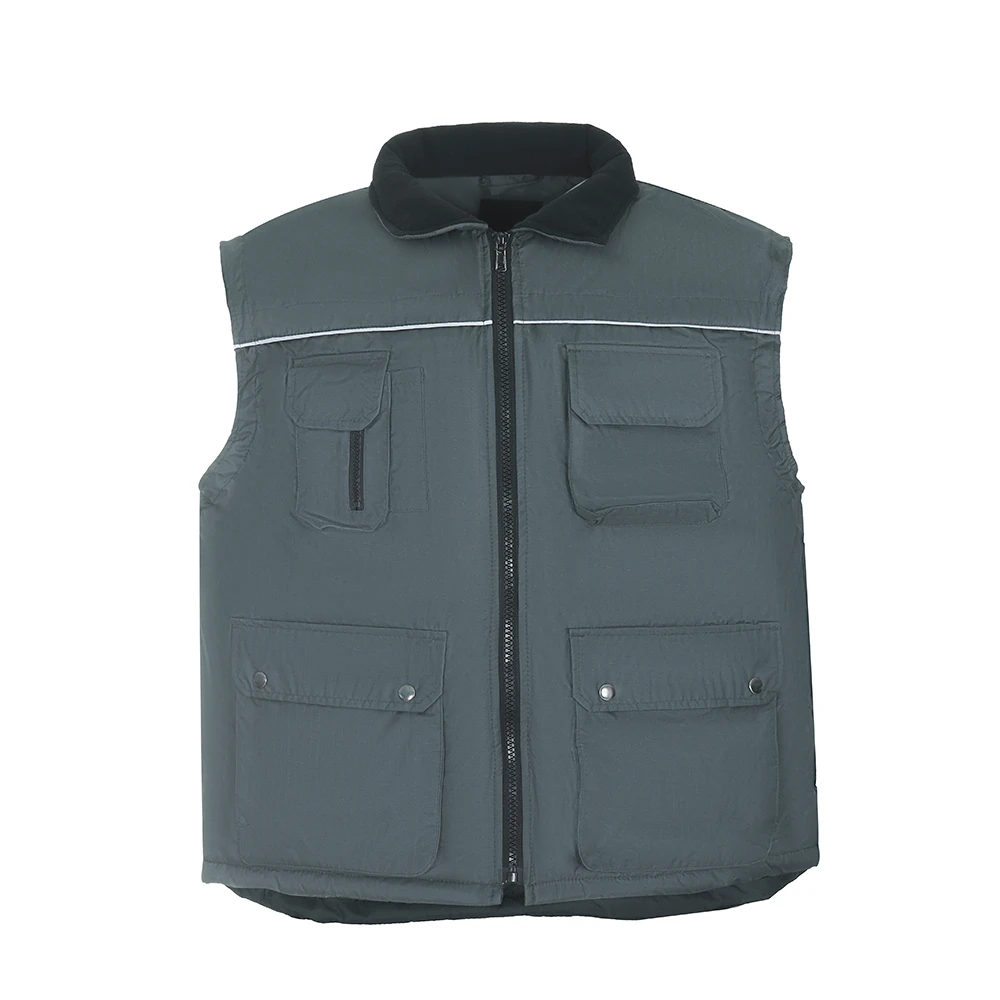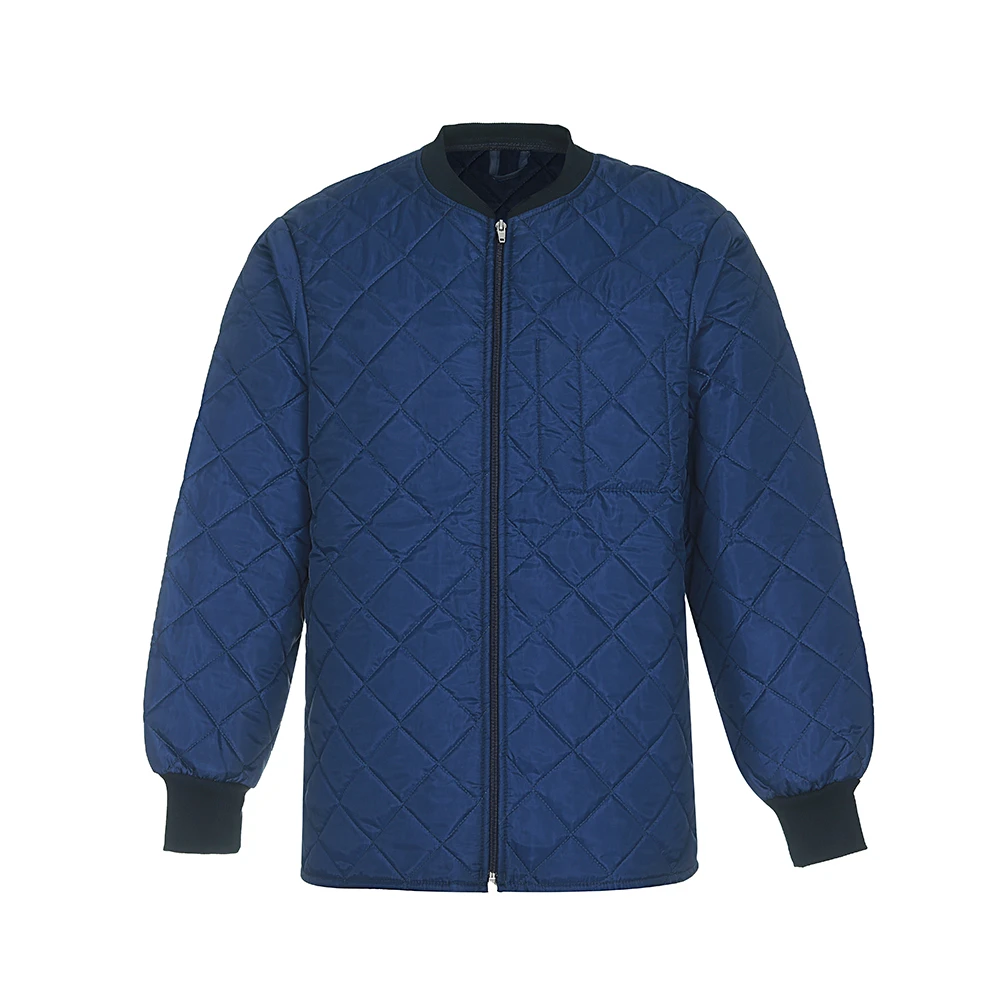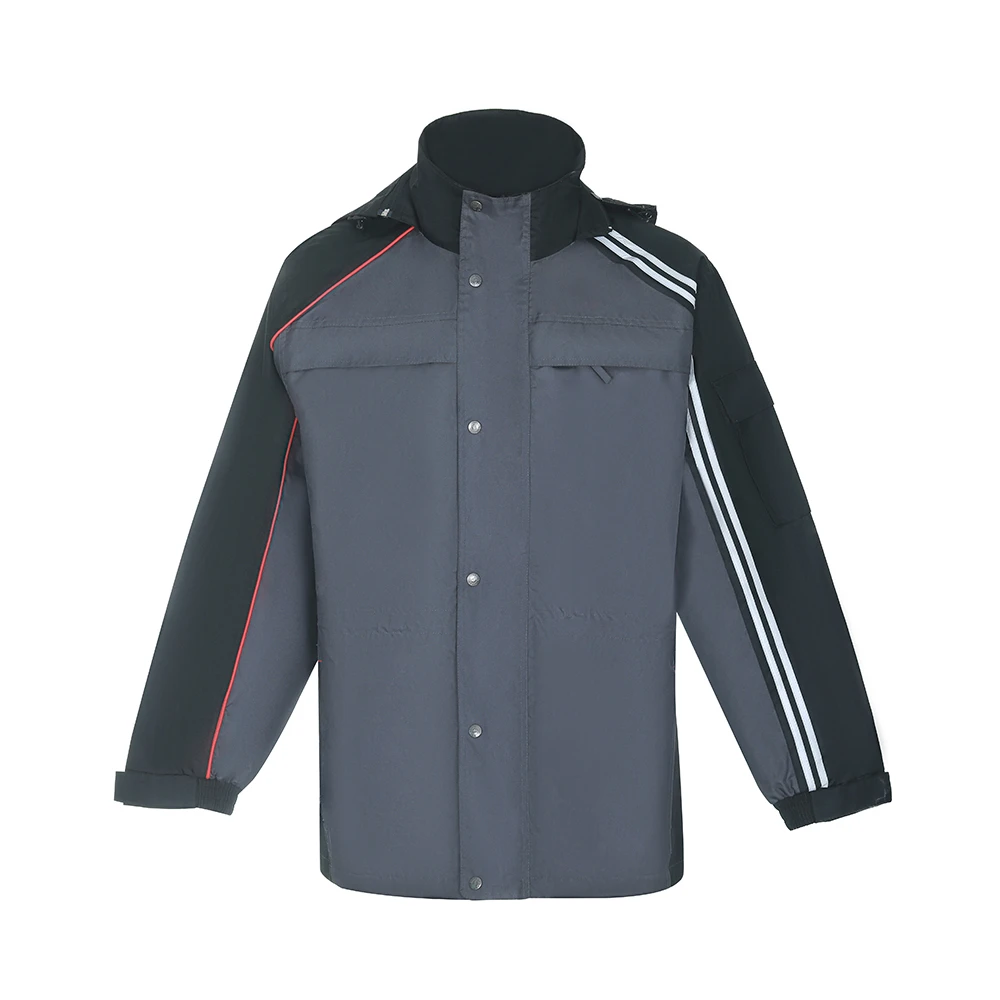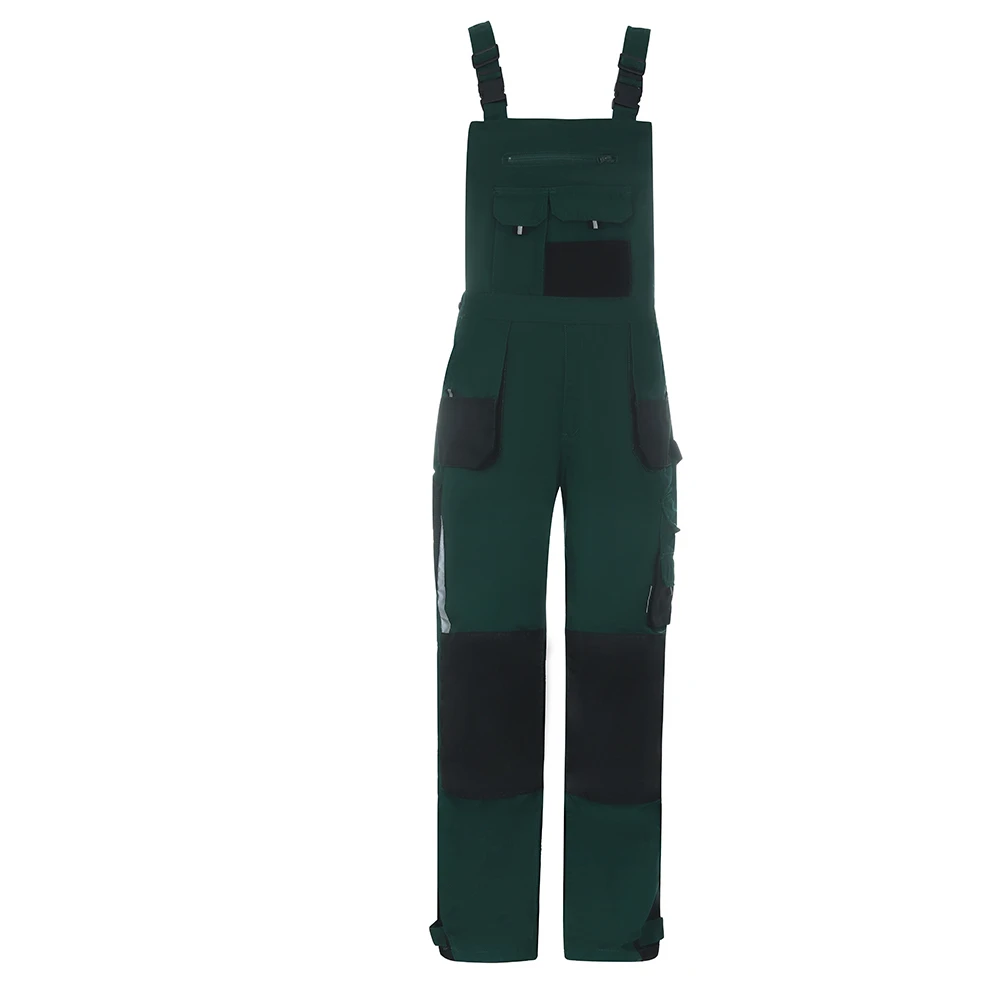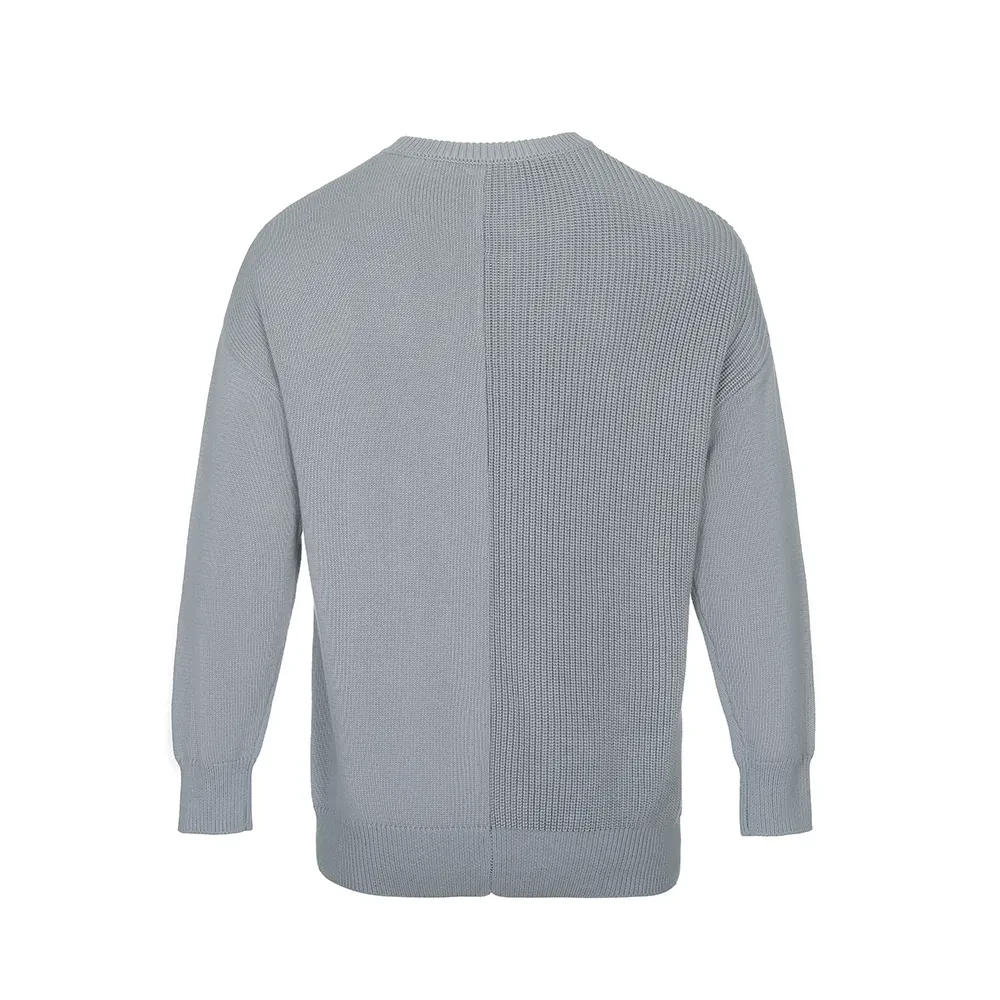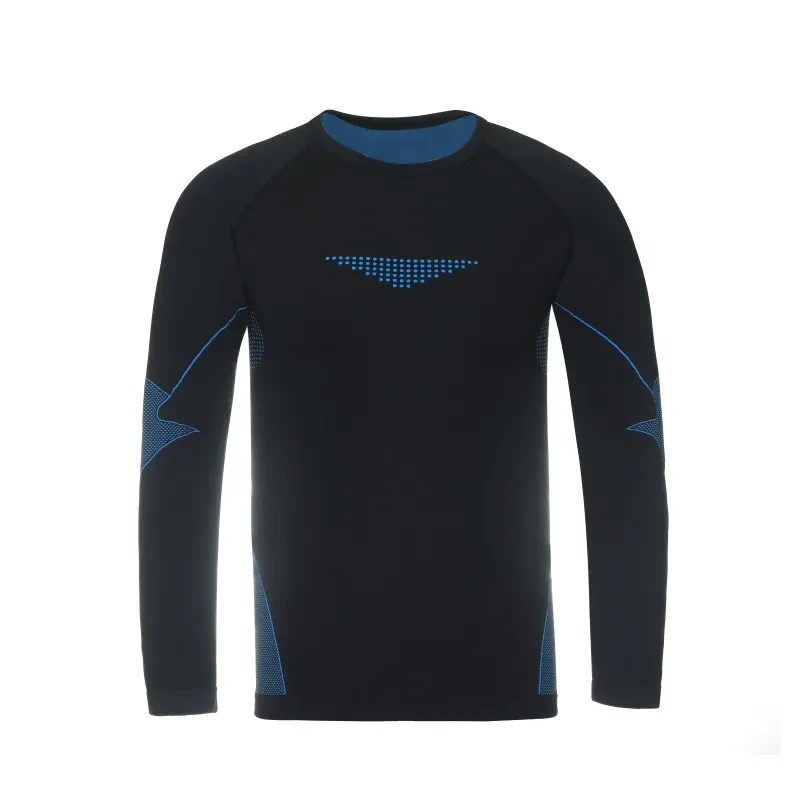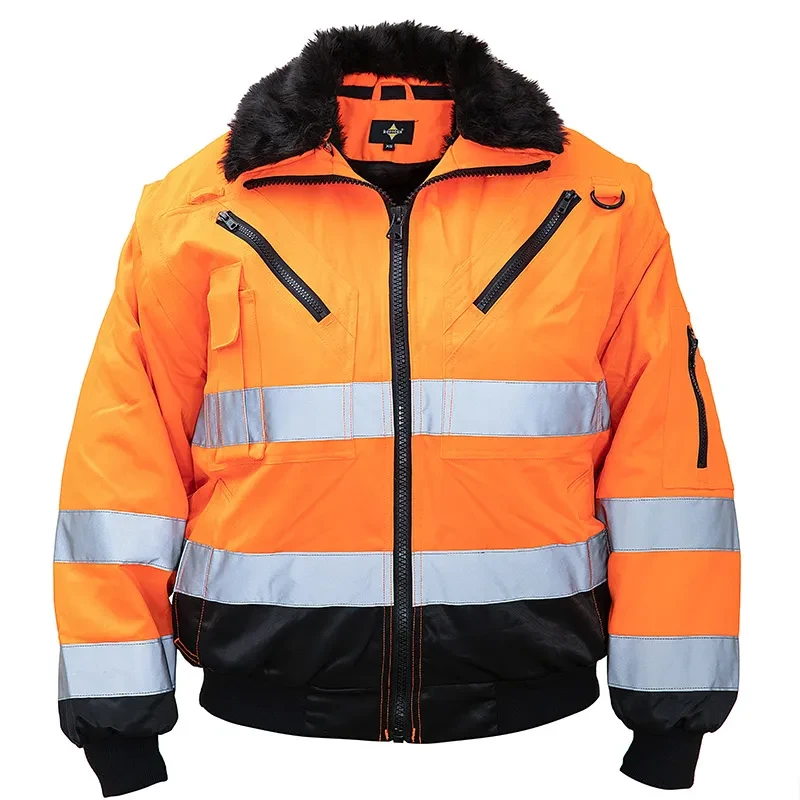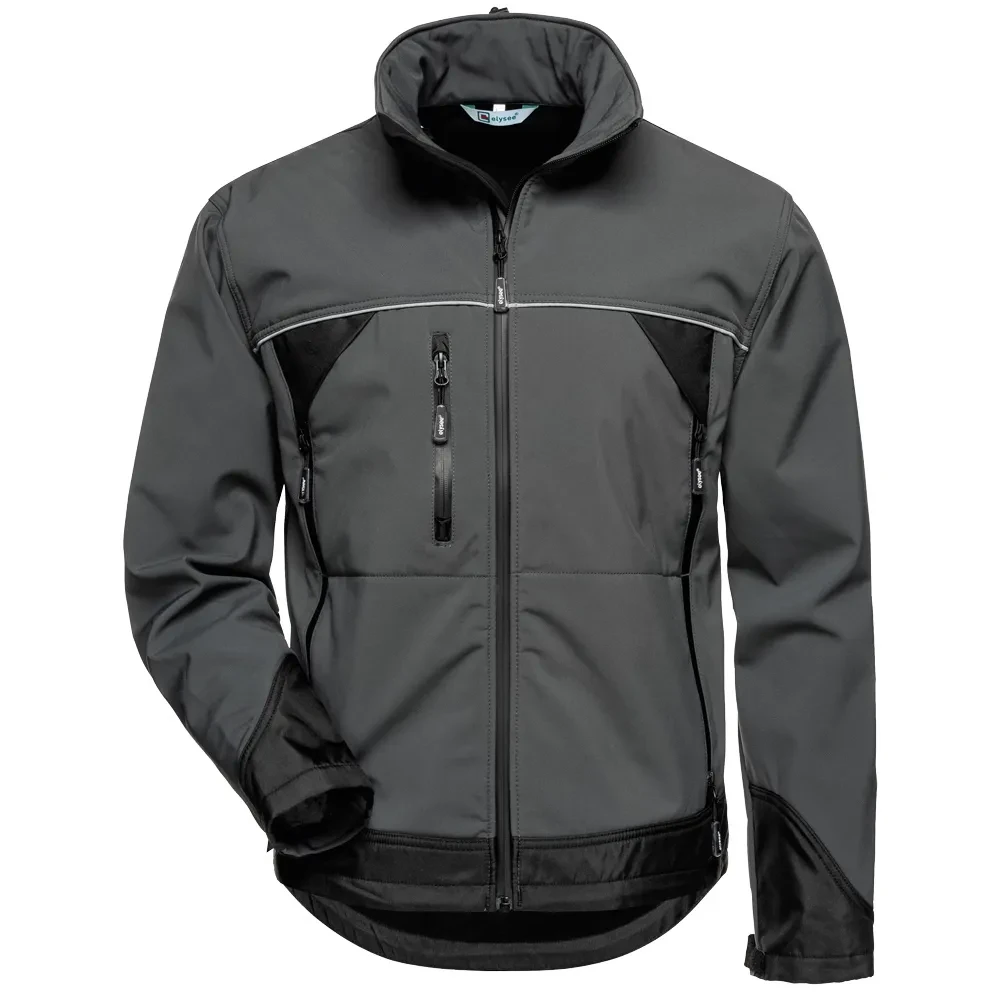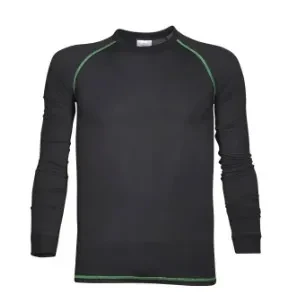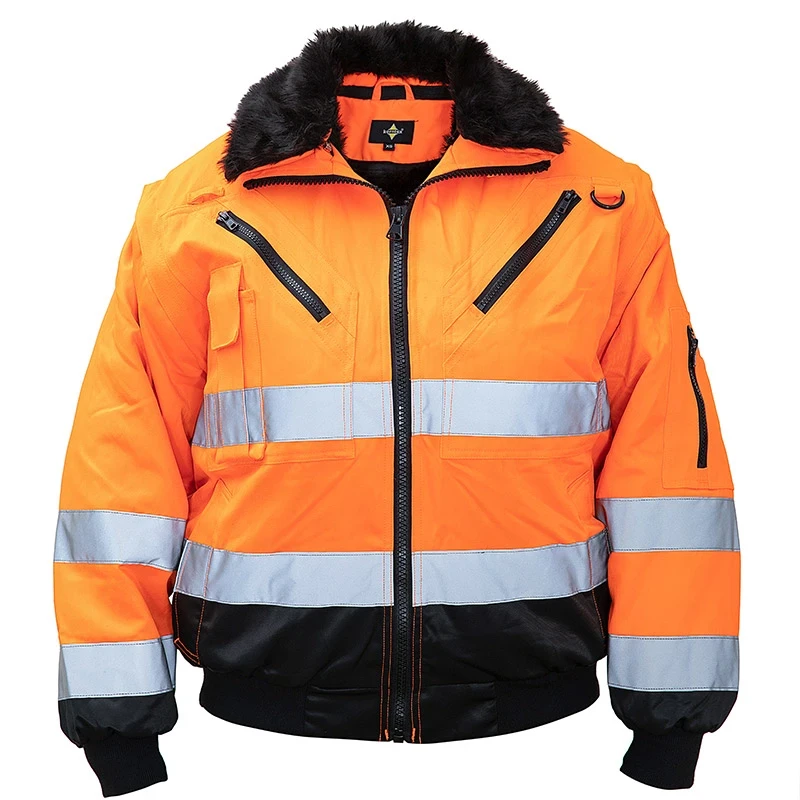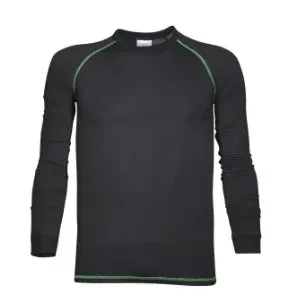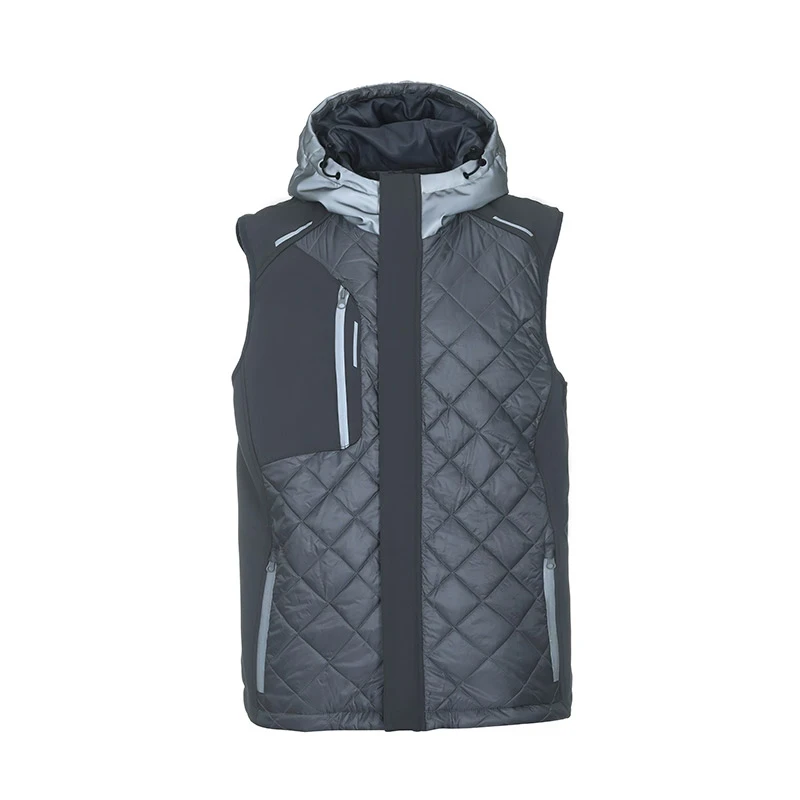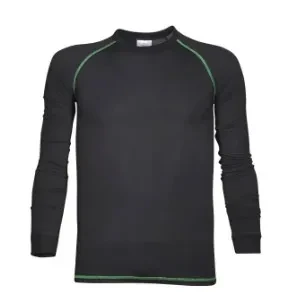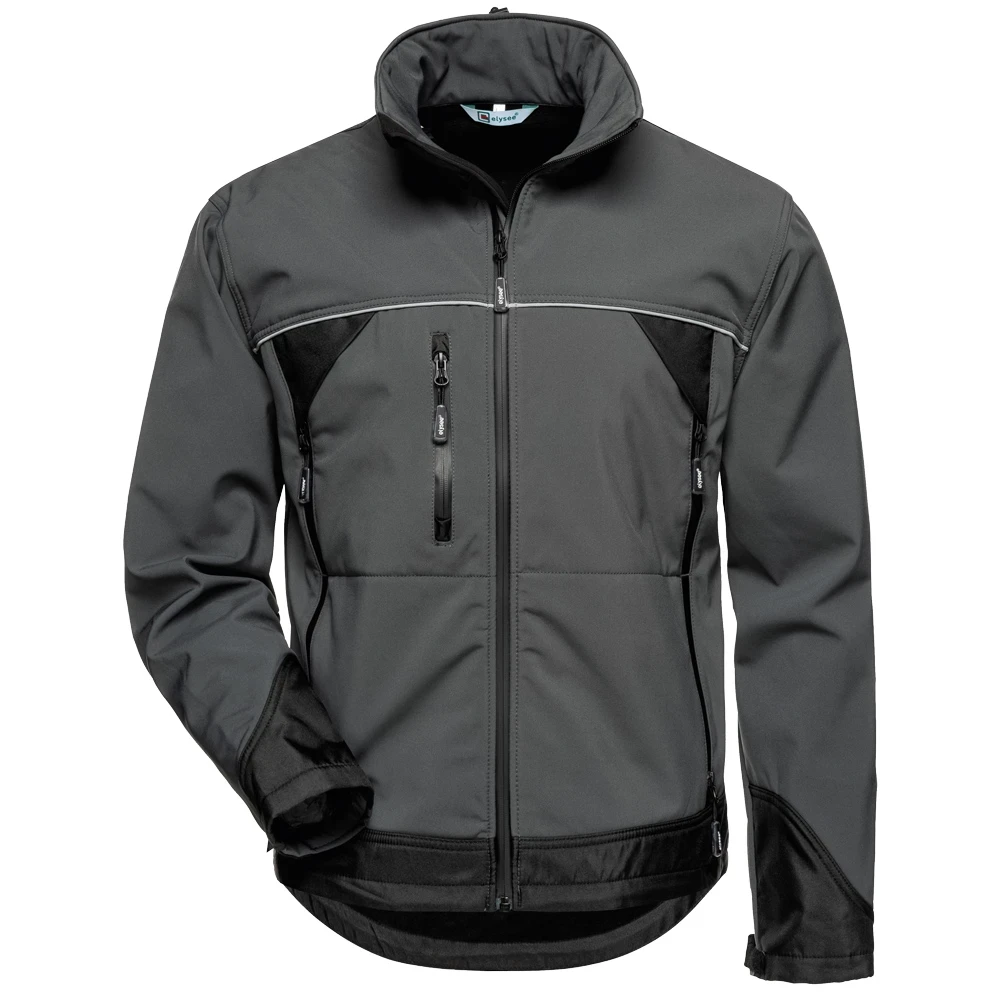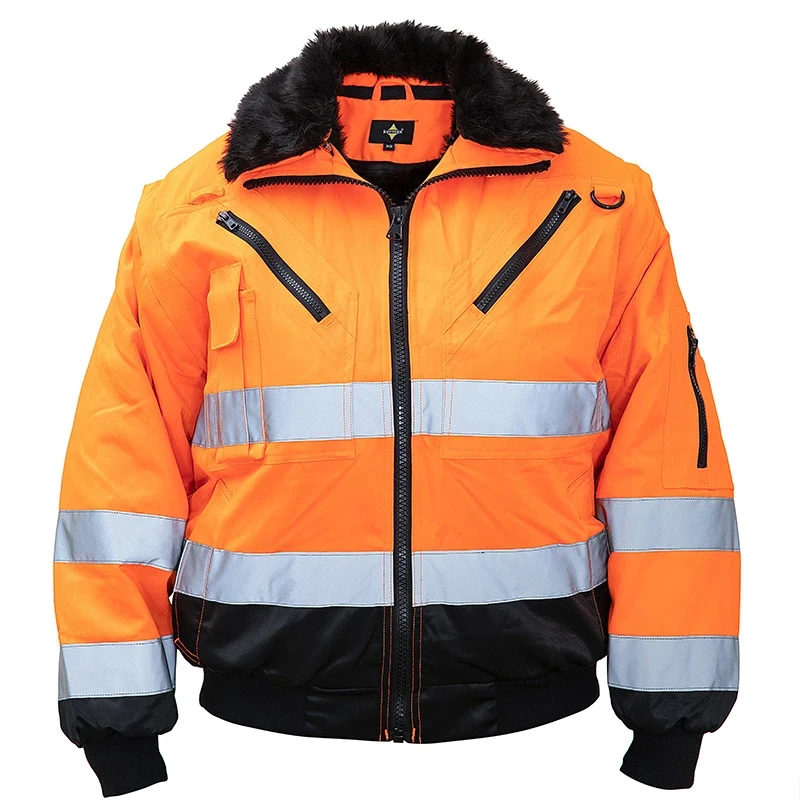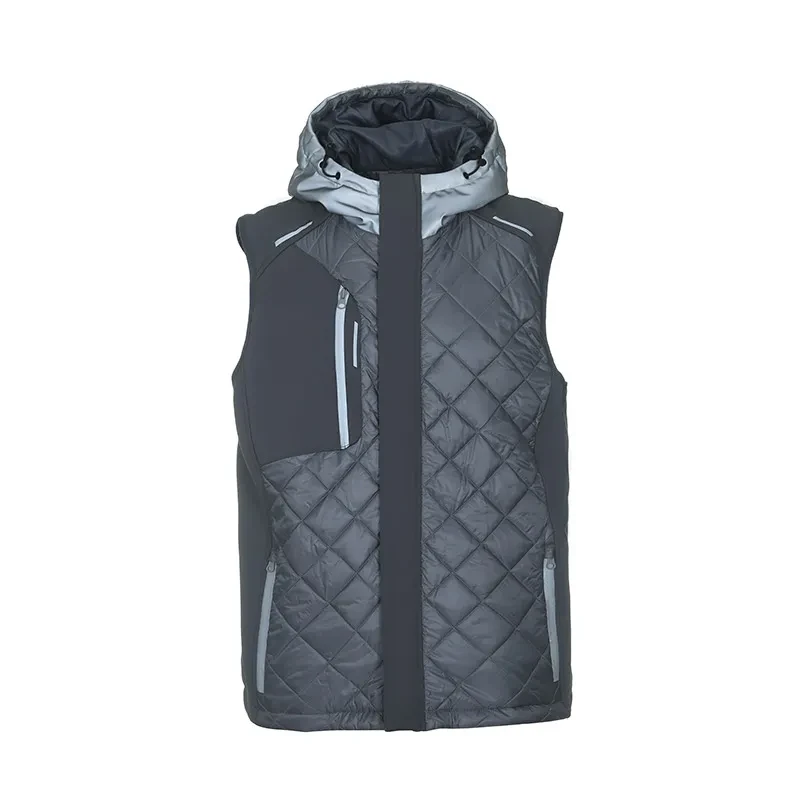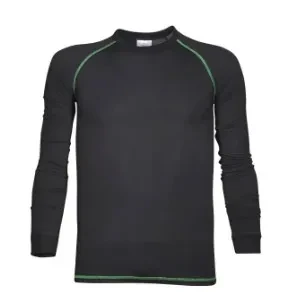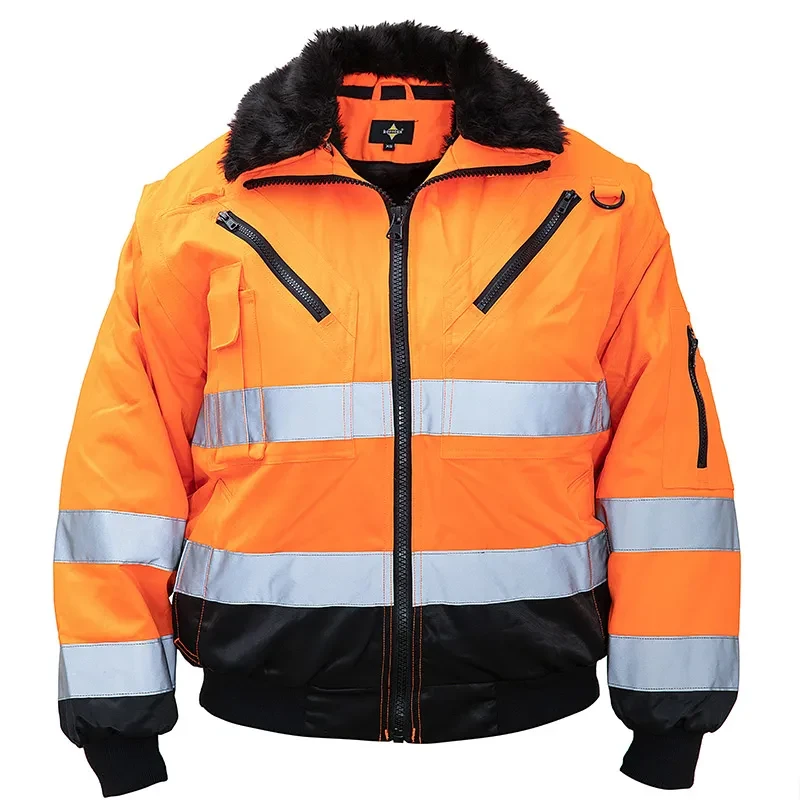Durable & Hi-Vis Construction Work Jackets | Safety Essentials
Professional Insights for Safety and Performance Optimization
HEBEI AUTUMN TEXTILES ENTERPRISES LTD
Official Website: www.qsclothing.com
Contact: +86-311-85263333 | Email: autumnhb@aliyun.com
Address: Floor 15 Fortune Building, 24 Guangan Street, Shijiazhuang Hebei, China
The global market for specialized protective workwear like the construction work jacket has seen significant evolution in material science and ergonomic design. With projected market growth of 6.8% CAGR through 2027 (Global Safety Apparel Report 2023), advancements in textiles technology continue to enhance safety outcomes for workers in hazardous environments.
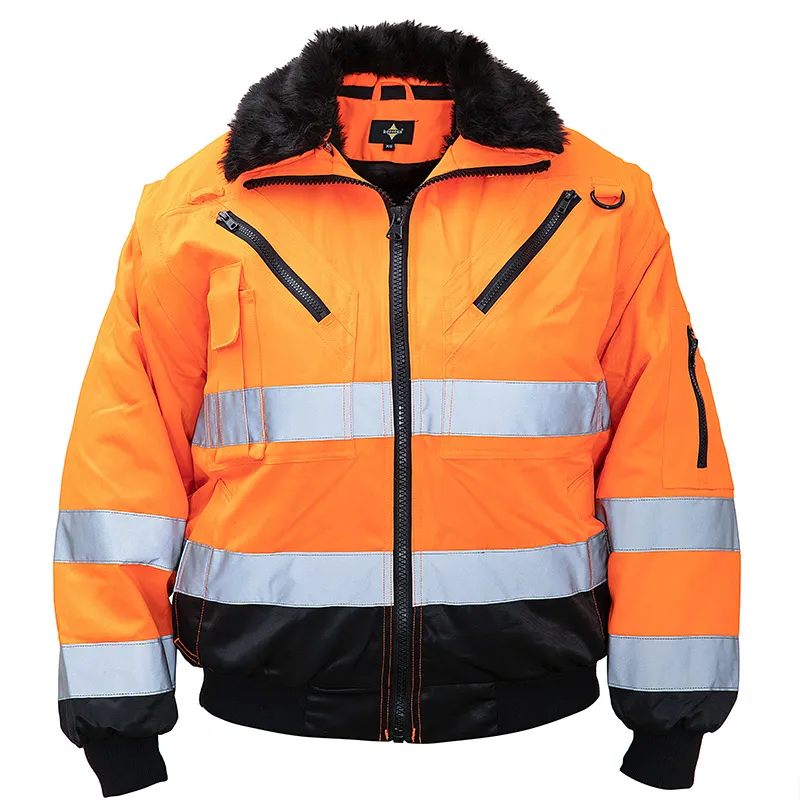
Hv Pilot Jacket: Engineering Excellence
Technical Specifications:
- Outshell: Cotton/Polyester blend with water-repellent treatment
- Lining: 100% polyester thermal insulation
- Padding: Polyester fiberfill (120gsm)
- Sizes: Comprehensive sizing from S to 5XL
- Safety Features: ANSI/ISEA 107-2020 Class 3 certified visibility
Engineered for professionals requiring maximum visibility and all-weather protection, our jackets undergo rigorous ASTM F1891 standard testing for seam strength and tear resistance.
View Product DetailsTechnical Specifications Comparison
| Parameter | Basic Mechanic Work Jacket | Premium High Visibility Jackets | HV Pilot Jacket |
|---|---|---|---|
| Material Composition | 100% Cotton | 65% Polyester/35% Cotton | 50/50 Cotton-Polyester Blend |
| Luminescence (cd/lux/m²) | 330 | 500 | 624 (ANSI Class 3) |
| Water Resistance Rating | 1,000mm | 5,000mm | 10,000mm |
| Reinforcement Zones | Elbows only | Elbows & Shoulders | 7-point reinforcement |
| Breathability (RET Rating) | 8.5 | 6.3 | 5.2 |
Material Science Advancements
The material composition of modern construction work jacket solutions combines performance polymers with natural fibers. The polyester-cotton matrix achieves:
- 15% higher tensile strength than pure cotton
- 42% faster drying time
- Improved UV resistance (UPF 40+)
Studies from the International Journal of Industrial Ergonomics demonstrate that this fabric matrix reduces thermal stress by 28% compared to traditional materials.
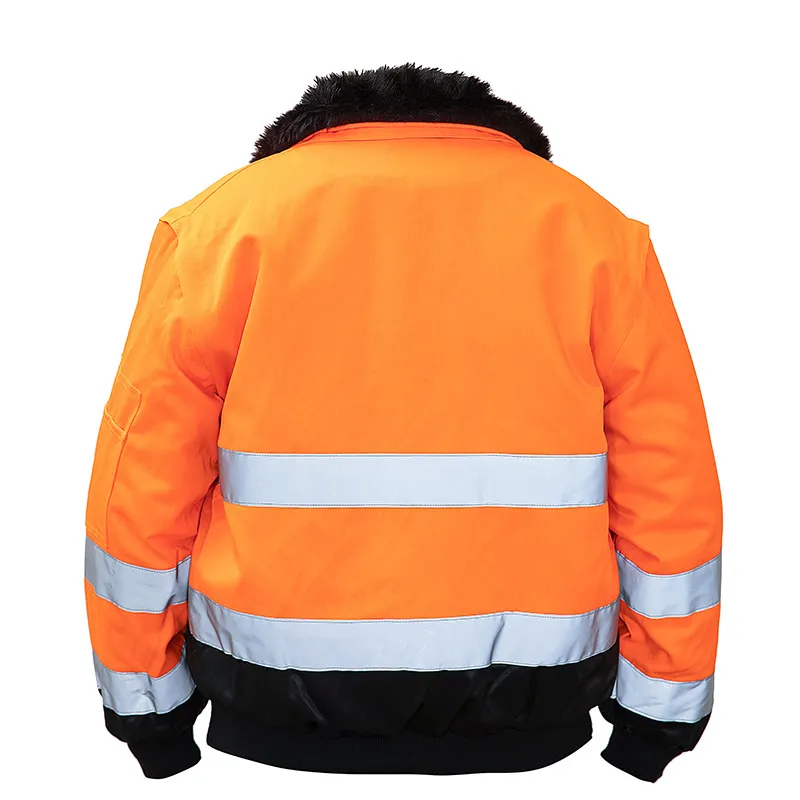
Industry Technical Evolution (2015-2023)
Regional Safety Compliance Requirements
Professional FAQ: Technical Specifications
Q: What's the significance of ANSI/ISEA 107-2020 Class 3 certification for high visibility jackets?
A: Class 3 certification indicates the highest level of visibility protection, requiring 310° of background material and high-contrast reflective elements. This standard is mandated for highway workers, emergency responders, and low-visibility environments.
Q: How does polyester-cotton blend improve performance versus 100% cotton for mechanic work jackets?
A: The synthetic blend increases tear strength by 3x, improves dimensional stability, and reduces shrinkage below 3%. Additionally, polyester enhances the fabric's ability to wick moisture while maintaining the comfort of natural fibers.
Q: What fabric weight is optimal for all-season construction work jackets?
A: Industry studies show 280-320gsm fabrics provide optimal balance between thermal protection and mobility. Heavier winter variants may reach 400gsm with increased insulation layers.
Q: How do reinforcement patterns impact jacket durability?
A: Strategically placed reinforcements at elbows, shoulders and back panel extend garment lifespan by 78% according to laboratory abrasion testing (ASTM D3389). Double-stitched bar-tacking is essential at all stress points.
Q: What's the industry standard for reflective tape performance?
A: High-quality jackets incorporate certified retroreflective tape meeting ISO 20471 standards with minimum coefficient of retroreflection of 330 cd/lux/m² at 0.2° observation angle and -4° entrance angle.
Q: How are sizing patterns developed for industrial jackets?
A: Contemporary patterns follow international anthropometric databases using 3D body scanning technology to accommodate protective layering while maintaining range of motion through articulated joint patterning.
Q: What tests validate water resistance claims?
A: Hydrostatic head testing (ISO 811) with minimum 5,000mm rating indicates substantial water resistance, while surface spray tests (AATCC 22) evaluate water repellency at fabric surface level.
Application Case Studies
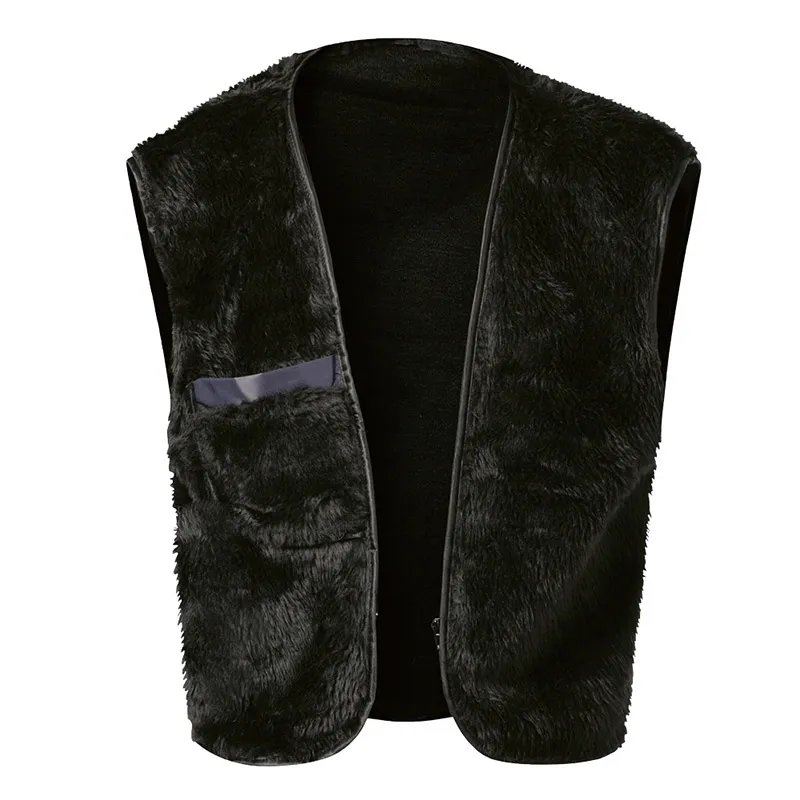
Offshore Rig Maintenance Teams
The extreme conditions faced by offshore technicians demand jackets that exceed standard safety requirements:
- Enhanced corrosion resistance against salt spray
- Flame-resistant treatments meeting NFPA 2112
- Buoyancy-aided designs for overboard safety
Documented performance improvements include 34% reduction in maintenance downtime during precipitation events and enhanced worker identification at 300+ yard distances in fog conditions.
Industry Validation
"The material advancements in contemporary safety wear represent the most significant protective improvement since reflective tape adoption. Poly-cotton blends with fluoropolymer treatments achieve durability metrics previously thought impossible." - Journal of Safety Engineering, Vol.7(3)
"Proper specification of high visibility jackets reduces accident rates by up to 68% in low-light environments according to our five-year field study across European construction sites." - EuroConstruct Safety Report 2023
"Industrial garment specifications must balance ANSI/ISO visibility compliance with breathability requirements. Testing demonstrates that materials with RET values below 6 optimize both safety and thermal comfort." - Textile Research Institute: Thermal Management Studies

